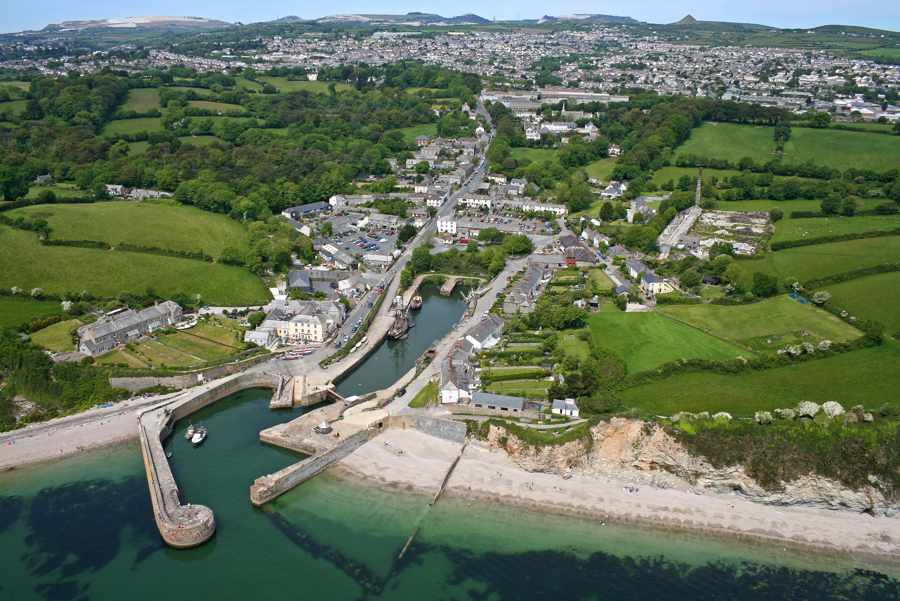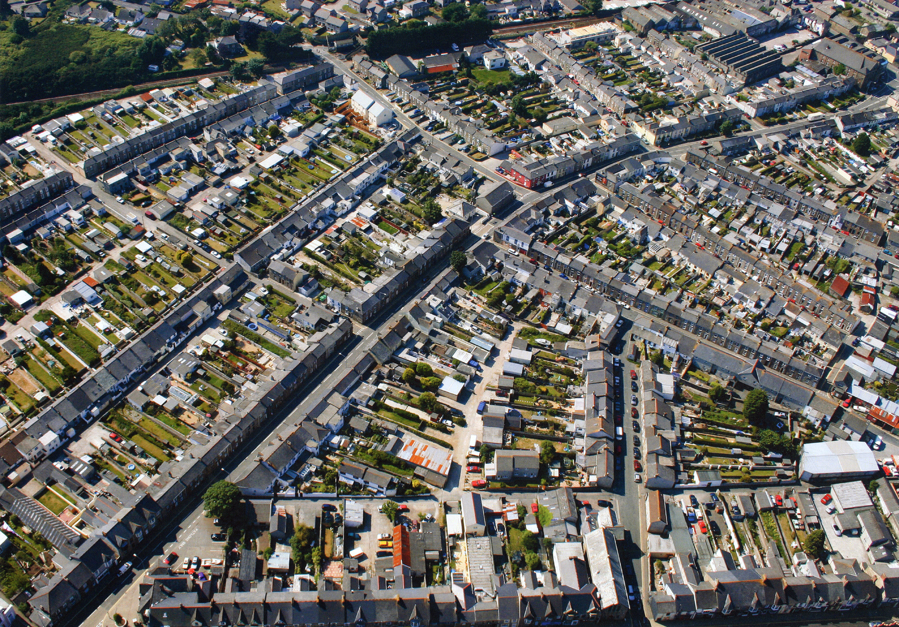Planning within the World Heritage Site
Towlenna a-ji dhe'n TEB
This area has been created with the aim of enhancing protection of the World Heritage Site by assisting those wishing to undertake planning developments within its boundaries or setting.
Within the following pages you will find information about the World Heritage Site (WHS, or Site), why it is important, and what obligations apply to the planning applicant or developer when submitting an application or pursuing pre-application advice.
Managing development in and around the World Heritage Site
What is development?
Development within, and adjacent, to the Cornish Mining World Heritage Site will change towns, villages and the wider landscape.
Development may be large housing or industrial developments, or minor changes such as an extension to a home. Development can be undertaken by major developers or individuals.
Such development will change our environment – it can be positive, negative or neutral in heritage terms and very often a mixture of these.
This section of the website has been created to introduce the World Heritage Site (WHS) and to explain why it should be protected and how this is to be done.
The following pages address the importance of the WHS, and how its important features can be identified, and looks in detail at the information available for you to do this.
Photos and maps are included to illustrate the important features of the WHS, and an Impact Checklist has been added to provide a quick way to establish whether a development will have an impact upon the Site’s special qualities.
For those who require specialist planning advice, the World Heritage Site Office provides a dedicated advice service, and details and the charges for this can be found on the Pre-application advice page.
Positive development within the World Heritage Site
This guidance will help you gain a basic understanding of the Cornish Mining World Heritage Site, which can help you identify potential design issues at an early stage.
You will also gain a clear understanding of what makes your development site important to the WHS.
Ideally negative changes should be avoided, and this is usually possible through careful design based on a clear understanding of what makes the development site important to the WHS. For some locations, it may be considered that development should not be pursued due to the harm this would cause to the WHS.
The guidance below will help you revise your development, where necessary, to avoid negative change, and may also inspire positive design choices, which, in turn, make a positive contribution to the WHS.
Planning within the World Heritage Site
Explore this section
World Heritage Site Pre-Application Advice Service

World Heritage Site Supplementary Planning Document (2017)

World Heritage Site Planning Toolkit
